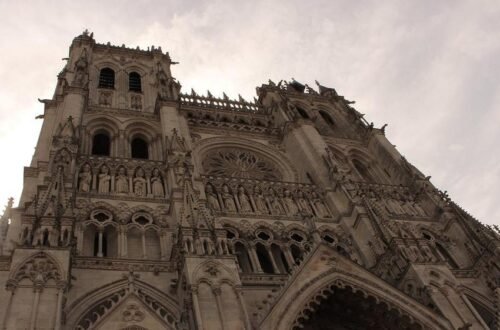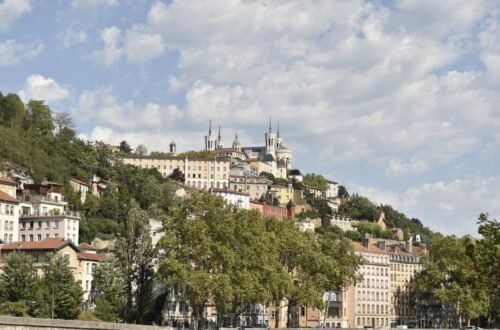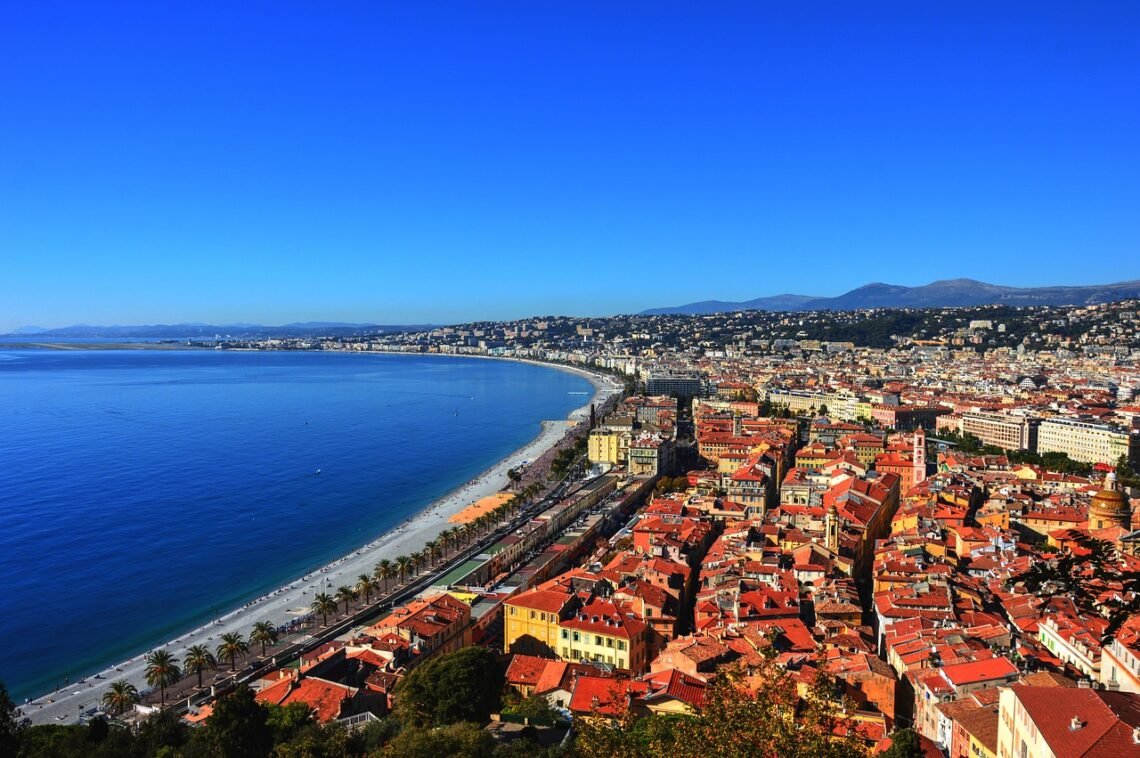
15 Things to Visit in Mandelieu-la-Napoule (France)
This inviting coastal getaway is located beneath the extinct volcano San Peyre and is the next town around the bay from Cannes. The coast is rocky in Mandelieu-la-Napoule, at the point where the Massif d’Esterel, a strange mountain range of red rock descends to the Mediterranean. Take the Corniche d’Or for a once-in-a-lifetime drive along the wild coastline south of the town in a rare undeveloped area of the Cote d’Azur. The mimosa blossom, which the town of Mandelieu-la-Napoule values and worships during a 10-day celebration in February, is ablaze with colour in the mountainsides in the late winter. Let’s look at the top activities in Mandelieu-la-Napoule:
- Château de la Napoule
- San Peyre
- Corniche d’Or
- Massif de l’Esterel
- Mimosa Festival
- Route du Mimosa
- Local Beaches
- Pointe de l’Aiguille
- Sea Excursions
- Golf
- Grasse
- La Croisette
- Le Suquet
- Mougins
- Food and Drink
Château de la Napoule
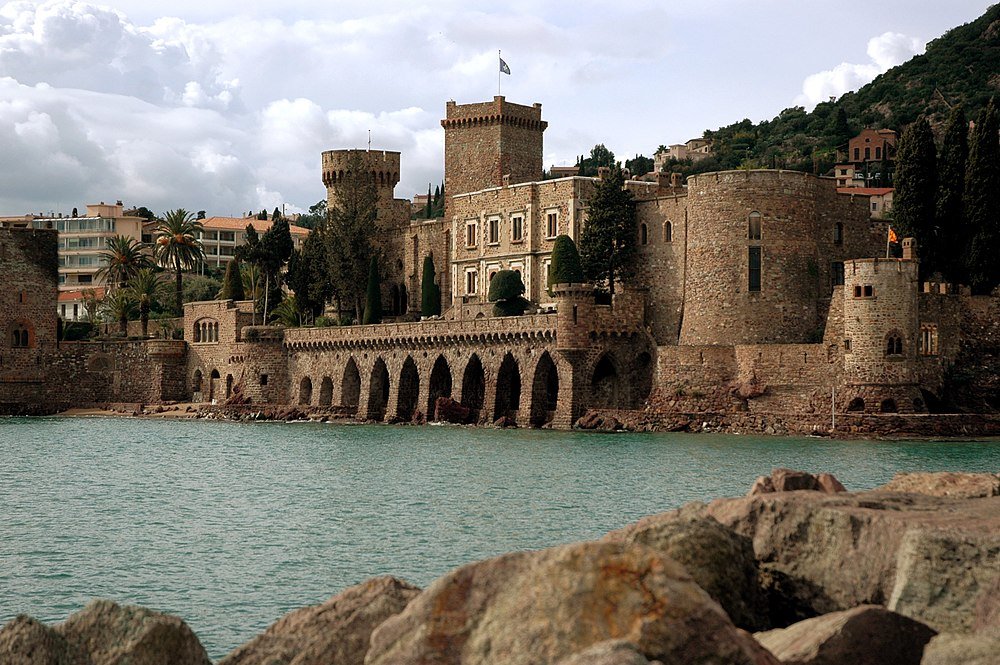
Henry Clews Jr., an American artist, and heir purchased a run-down castle on a terrace overlooking the sea in 1918. The Château de la Napoule had a fascinating past, involving corsairs and several Kings of France, but had lain in ruins since the Revolution. Clews brought the structure and its surroundings back to life while injecting it with much of his personality. Nearly every corner has an eccentric piece of his sculpture, and the interior is filled with galleries of his paintings. The garden is recognized as a French “jardin remarquable” because of its avenues, topiaries, cypress trees, and ghostly remnants of the old château.
San Peyre
San Peyre is a 131-meter-tall red porphyry volcanic cone that rises suddenly close to the town and was created by an eruption 250 million years ago. The crest was utilized as an observation point by the Phoenicians and Ancient Ligures; later, the Romans constructed a temple to Mercury atop it. Once you climb its old stone stairway, San Peyre offers you a breathtaking vista over the Riviera much as it did thousands of years ago. Oscar Wilde and Guy de Maupassant both raved about it, and there’s a lookout with a panel that labels the things you can see from up here and identifies the plants that you’ll spot in the forest and scrub on San Peyre’s slopes.
Corniche d’Or
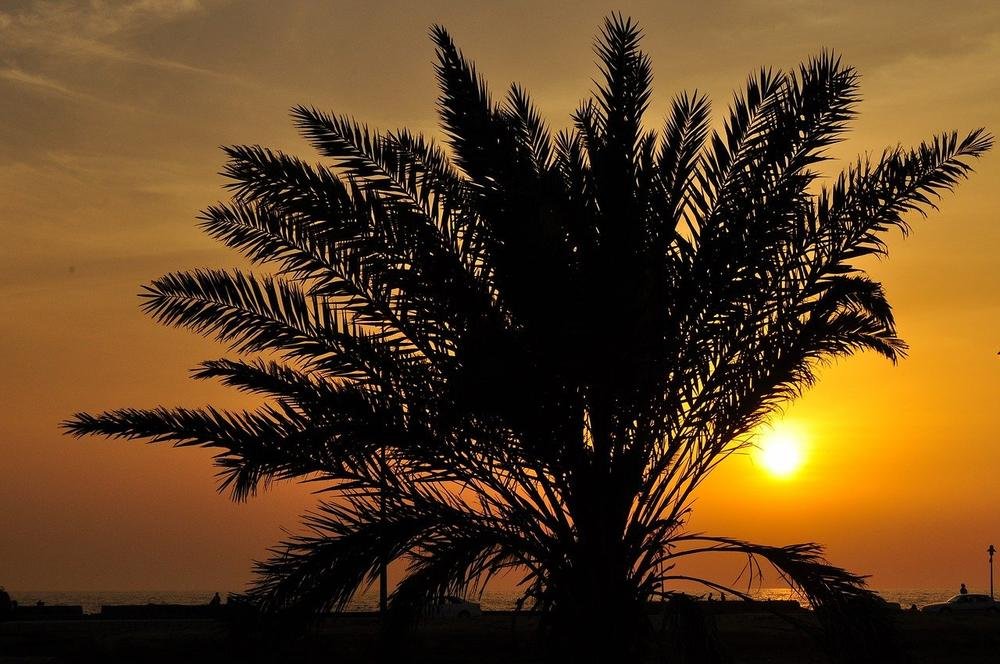
There is a good argument to be made that the beachfront road from Mandelieu-la-Napoule around to the town of Frejus is the most picturesque in all of the South of France. Here, the Esterel Mountains and the Mediterranean Sea converge in a stunning way, and at dusk, the red volcanic stone appears to emit light. The landscape is so fearsome and rocky that it wasn’t even possible to get directly from Frejus to Cannes by road until this route was built in 1904. There are a few spots where you can park up and take it all in as you meander beside the coast and beneath magnificent cliffs. You can descend a set of stairs at the Calanque Saint-Barthélémy halfway along to an undiscovered beach.
Massif de l’Esterel
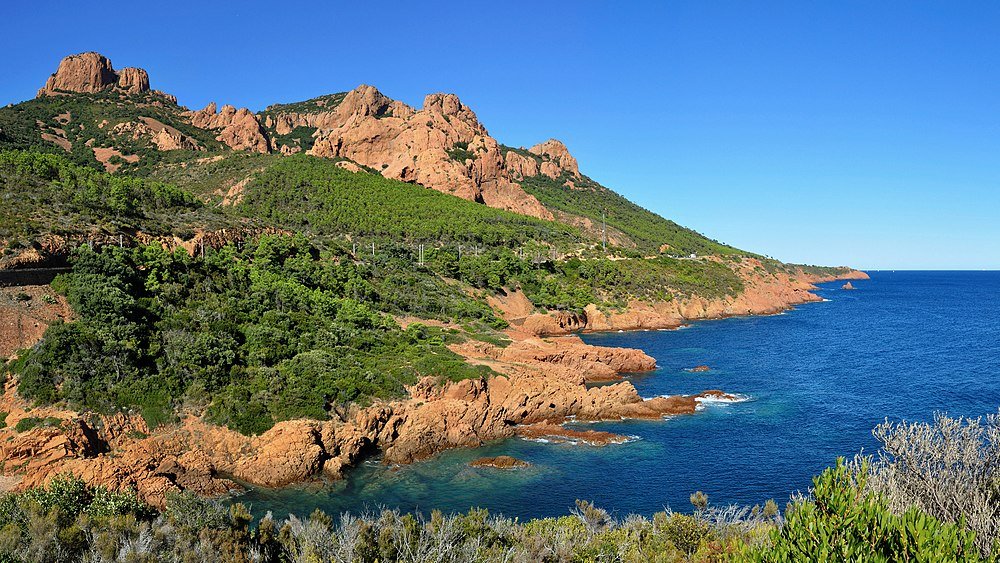
Even if you’re a strong walker, you might not be able to see the unusual red rocks of the Esterel Massif up close. The GR49 and the GR51, two long-distance hiking trails, fortunately, cross the range. While the terrain is undoubtedly rough and challenging, the climbs are seldom too strenuous, and Mont Vinaigre, the highest peak in the entire range, stands at just under 620 meters. In between the exposed red porphyry are olive groves and forest with stone pines, cork oaks, and eucalyptus trees, which like the mimosa were imported from Australia and have become semi-wild.
Mimosa Festival
.jpg)
The beautiful yellow blooms of the mimosa cover the slopes of the Massif du Tanneron next to the town in February. Following the plant’s 19th-century importation from Australia, Mandelieu-la-Napoule soon boasted the biggest mimosa forest in all of Europe. Its flower is so highly regarded in the community that it was given its own festival in 1931. The party goes on for ten days, and on the weekends there are parades with floats adorned or made entirely from mimosa blossom and accompanied by marching bands. On the first night of the festival, the municipality even names a “Mimosa Queen” to serve as the festival’s official mascot.
Route du Mimosa
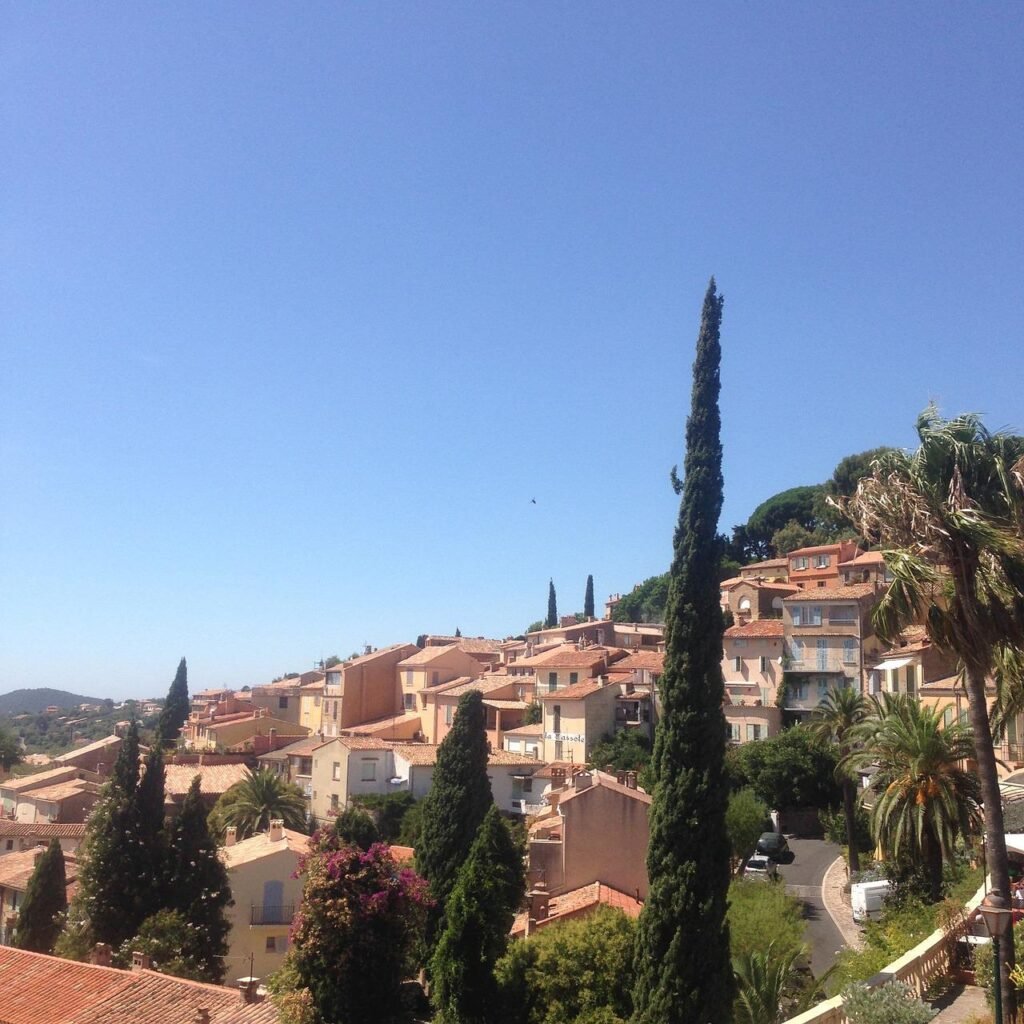
Mandelieu-la-Napoule is just one town on a 130-kilometre itinerary extending from Bormes-Les-Mimosas up to the perfume city of Grasse. This of course is a route to take between January and March when the mimosa is in flower, and when you can pick from seven other towns and villages for sweet-scented excursions. Tanneron, a collection of 22 charming mountain hamlets, is the closest place on the way to Mandelieu-la-Napoule. We move on to our next location by way of the mimosa, which grows naturally on these sunny slopes and is harvested each February for the perfume business.
Local Beaches
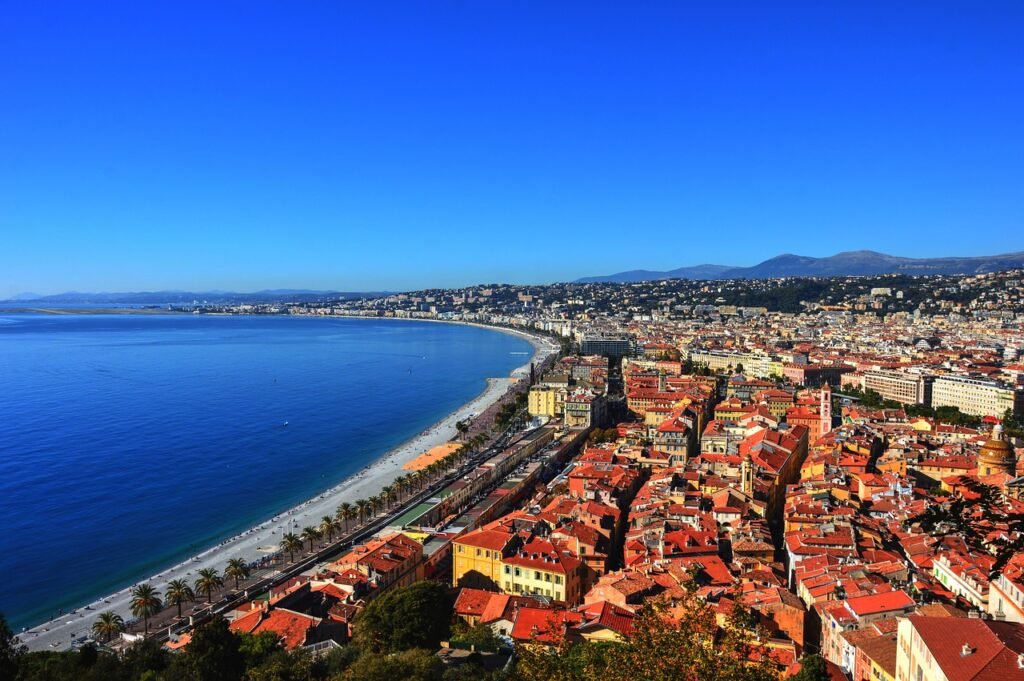
There are nine public beaches in Mandelieu-la-Napoule, all of which are compact and intimate. The southern beaches, such as Rague and Raguette, are accessible from the road by zigzagging through the rock at the base of a steep spur. Plage de Robinson, which is located next to the Siagne River’s mouth, is the biggest of them all. The breakwaters that encircle this beach serve to block the offshore currents. It is an arc of golden sand. If you need to be pampered when you’re lazing by the sea there are three private beaches in Mandelieu-la-Napoule renting sun-loungers and parasols and each one is joined by a restaurant.
Pointe de l’Aiguille
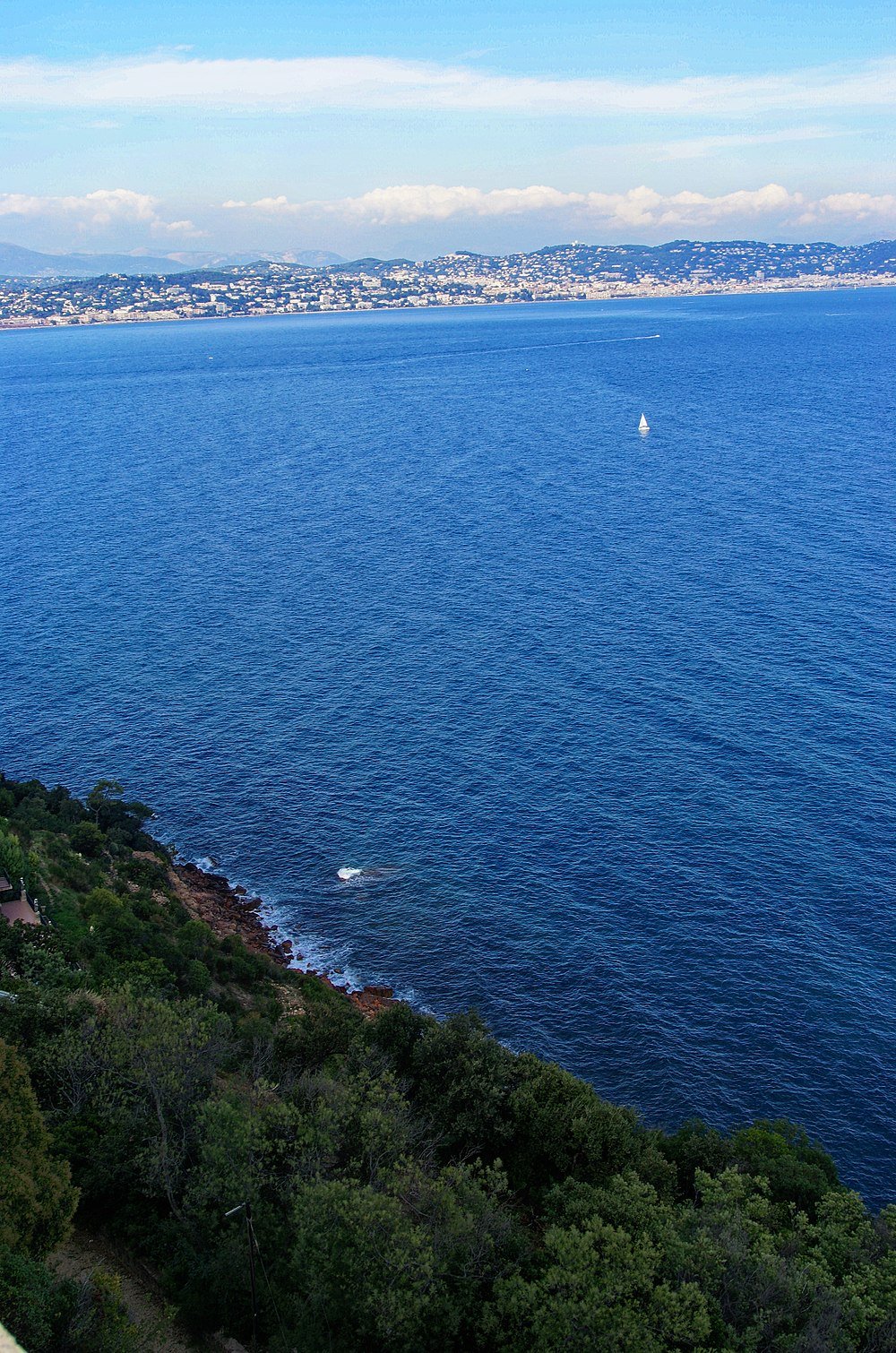
Ahead of the neighbouring town of Théoule-Sur-Mer, there is a promontory where the recognisable red Estrerel slopes reach the sea. Due to the lack of marine traffic, the bays along this magnificent coastline are among the best in the world for snorkelling. It is maintained as a seven-hectare park. You can swim out to designated areas and spend an hour or two seeing what you can find on the seabed. There is a typical bay for bathing and three coves surrounding the headland, each with imposing red rock walls to define it. The rock has worn into a natural arch on the west side.
Sea Excursions

The cruise lines in La Napoule Port have a variety of itineraries to lure you from April to September. Spend the entire day at sea observing dolphins, pausing for a fun lunch on board at noon. The Corniche d’Or, the coves, and the mountains behind are just as memorable from the sea, while there are also trips available to some of the tourist favorites a little further afield: To reach the Île Sainte-Marguerite off the coast of Cannes, you can sail over the Golfe de Napoule. The mysterious Man in the Iron Mask was held captive on this island during the 17th century.
Golf

The Côte d’Azur’s first golf course was built in Mandelieu-la-Napoule. The Old Course opened in 1891 a few steps from the sea behind Plage de Robinson and was designed by Harry Colt, who drew up more than 300 courses on six different continents at the turn of the century. Long, straight fairways with stone pine groves on either side are typical of the British style. It was another century before the next club arrived, and the Barbossi Riviera now boasts two 18-hole courses and a nine-hole pitch & putt.
Grasse
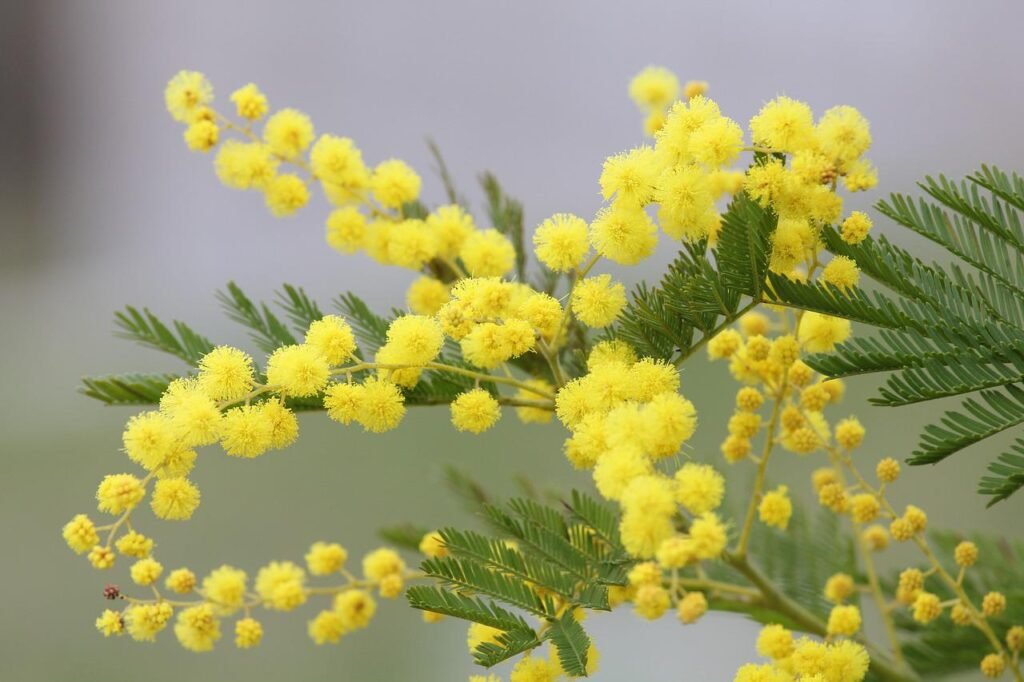
In any season, the last stop on the Route du Mimosa is a sensory paradise. The majority of mimosas grown commercially will be distilled into fragrances in Grasse. Grasse’s winding streets and charming squares are enjoyable to explore, and on the outskirts of the city, you can go on tours of florid plantations used in the perfume industry. But beckoning visitors in their droves are the perfumeries for brands like Fragonard, Molinard, and Galimard, where you can become an expert in the art of perfume-making and even concoct your own scent.
La Croisette
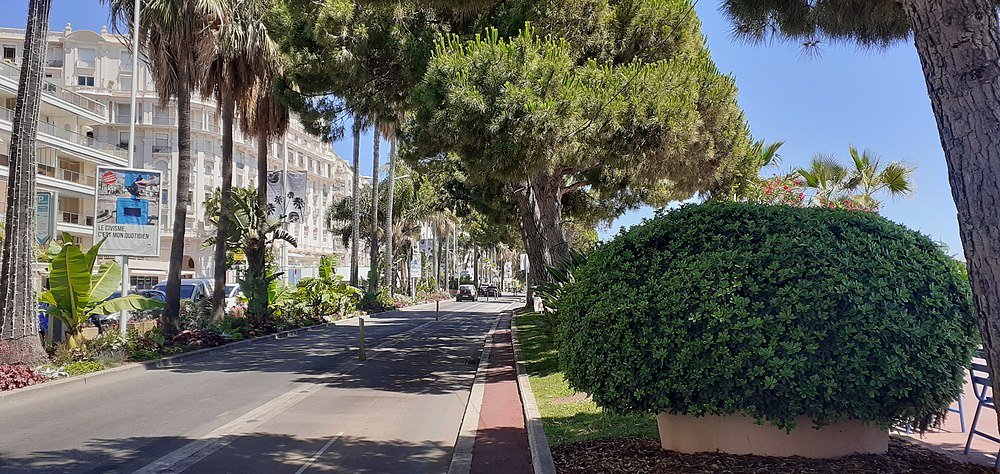
Everyone should at least once experience the magic of Cannes, even when the glitterati isn’t in town. La Croisette perfectly encapsulates the city. Private beaches near the water are frequently crowded in the summer, and every upscale company under the sun can be found fronting the promenade. The Palais des Festivals et des Congrès, where the Cannes Film Festival has been held since 1982, can be reached if you continue along the seafront. You may join the long list of movie stars who have been photographed on this red stairway.
Le Suquet
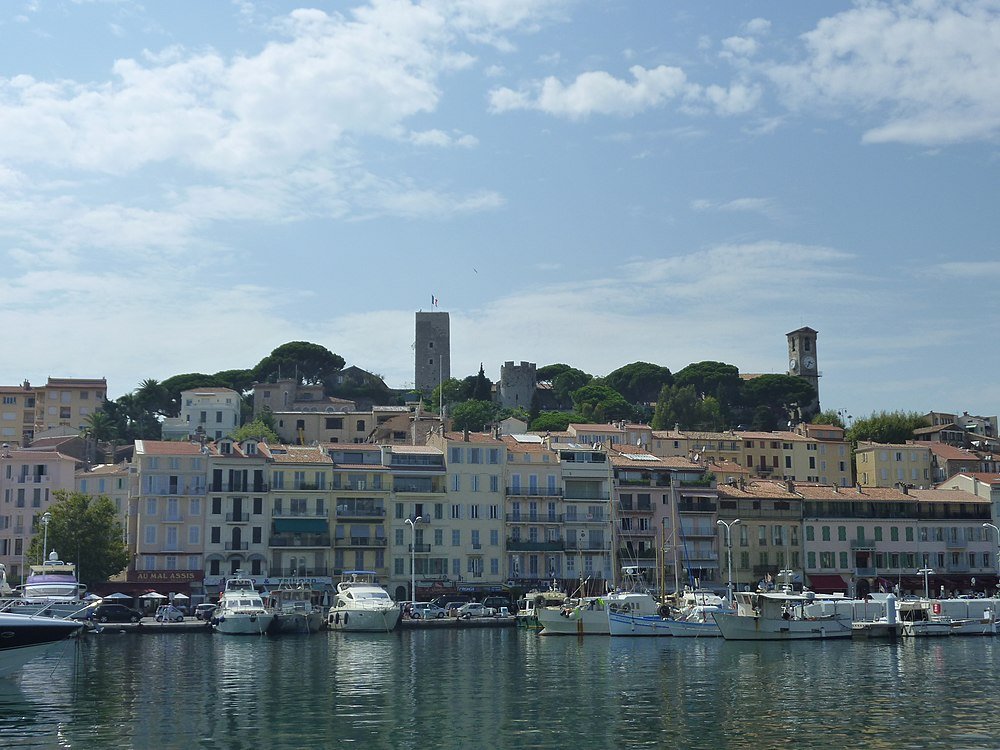
Winding up from the marina is Rue Saint-Antoine, a tourist-friendly street lined with restaurants competing to draw you in. You can visit Cannes’ tranquil old neighbourhood, where the city’s fishing people once resided, by taking a staircase off to the left and continuing to climb. Your destination is Place de la Castre, home to the 16th-century Church of Notre-Dame de l’Esperance and a medieval castle that is now a museum. The square has a terrace where you can sit and contemplate a view of the marina, the Palais des Festivals and the Croisette.
Mougins
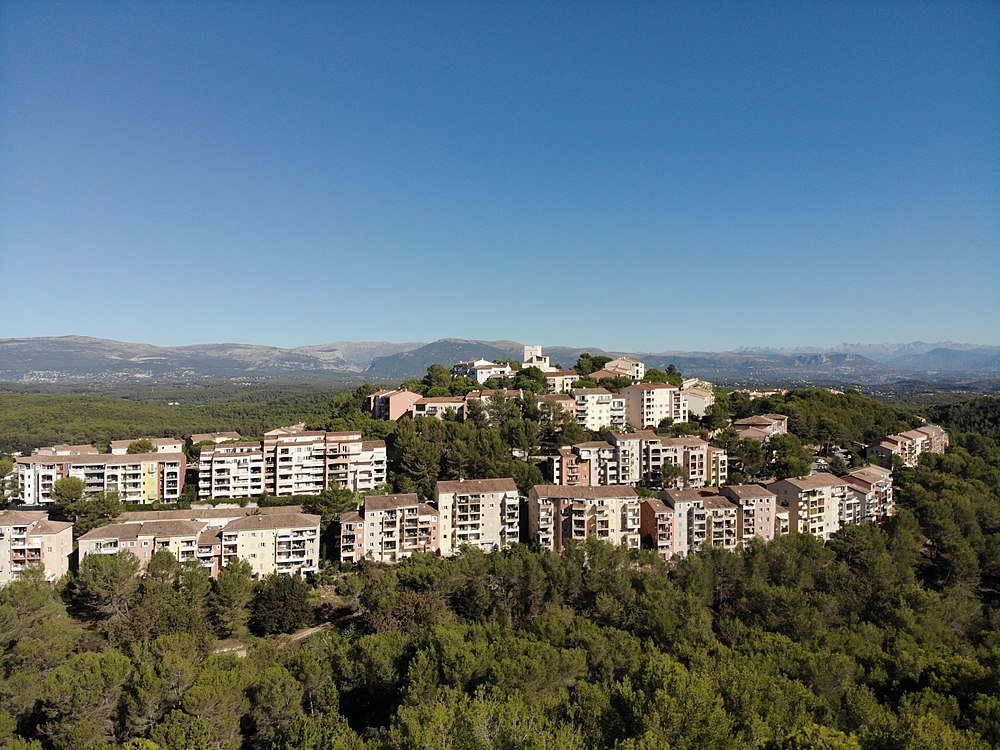
You can reach a beautiful perched village just north of Cannes in ten short minutes by travelling north on the A8. It would be worth the journey just potter around these old streets that curl around the hilltop between houses thick with bougainvillaea. However, there is also a top-notch museum here: Opening in 2011, the Mougins Museum of Classical Art displays the collection of art and antiquities owned by a British billionaire. Before Christian Levett made the decision to turn his enormous medieval home into a contemporary exhibition space, these were in storage. There are Greek and Roman bronze and marble statues, sarcophagi and funerary masks from Ancient Egypt. The artwork in Levett’s collection, which includes works by Rodin, Rubens, Picasso, Cocteau, and Chagall, is also extraordinary.
Food and Drink

If you’re in the mood for authentic Provence fare, you can find well-known international specialities on the menus of most restaurants. The first appetizer is tapenade, which consists of black olives that have been combined with anchovies and capers and are best served with bread or vegetable sticks. Bouillabaisse is a seafood stew that uses fish like the sea robin, monkfish, and red gurnard, which tend to be bony and aren’t too appetizing when caught but their dense flesh is just right for this stew. With slices of crusty bread coated with aioli, the soup is flavoured with Provençal herbs. Escargots or mussels in a Provençal sauce, ratatouille, or simply grilled sardines are other local specialities that you have to taste.


